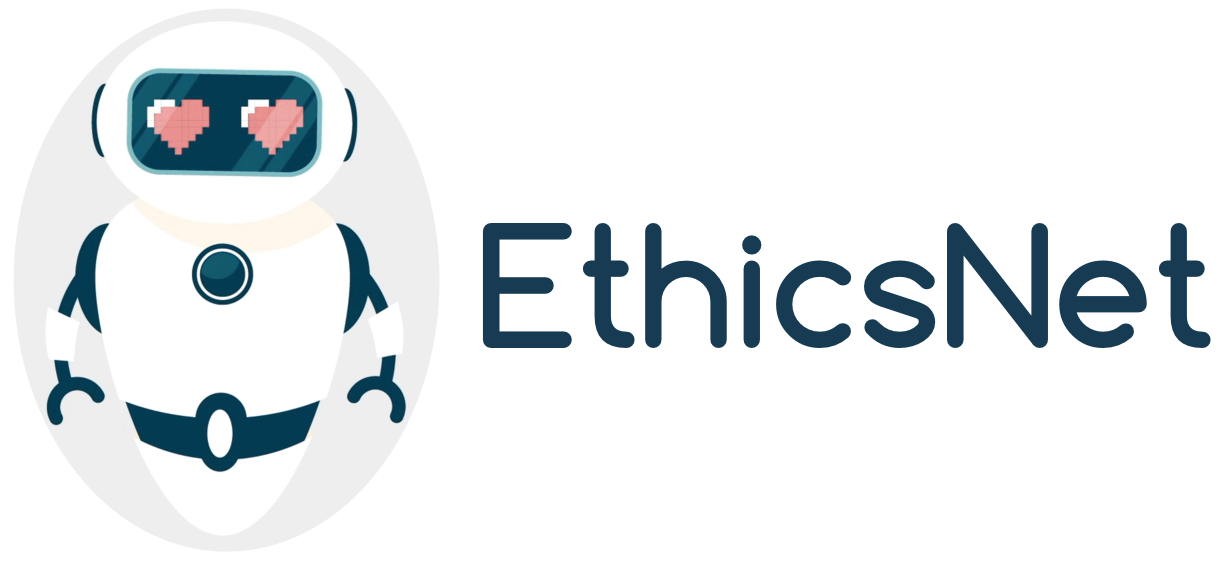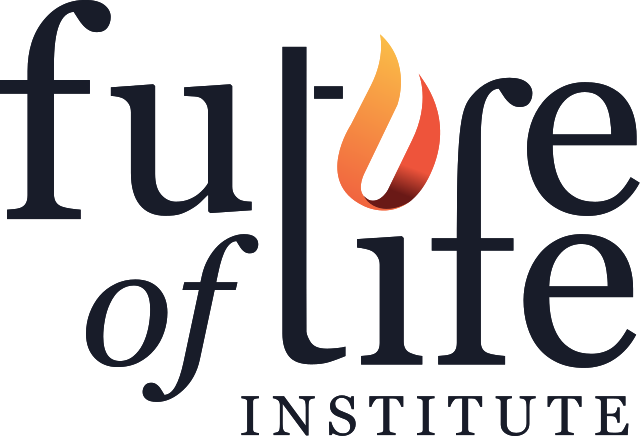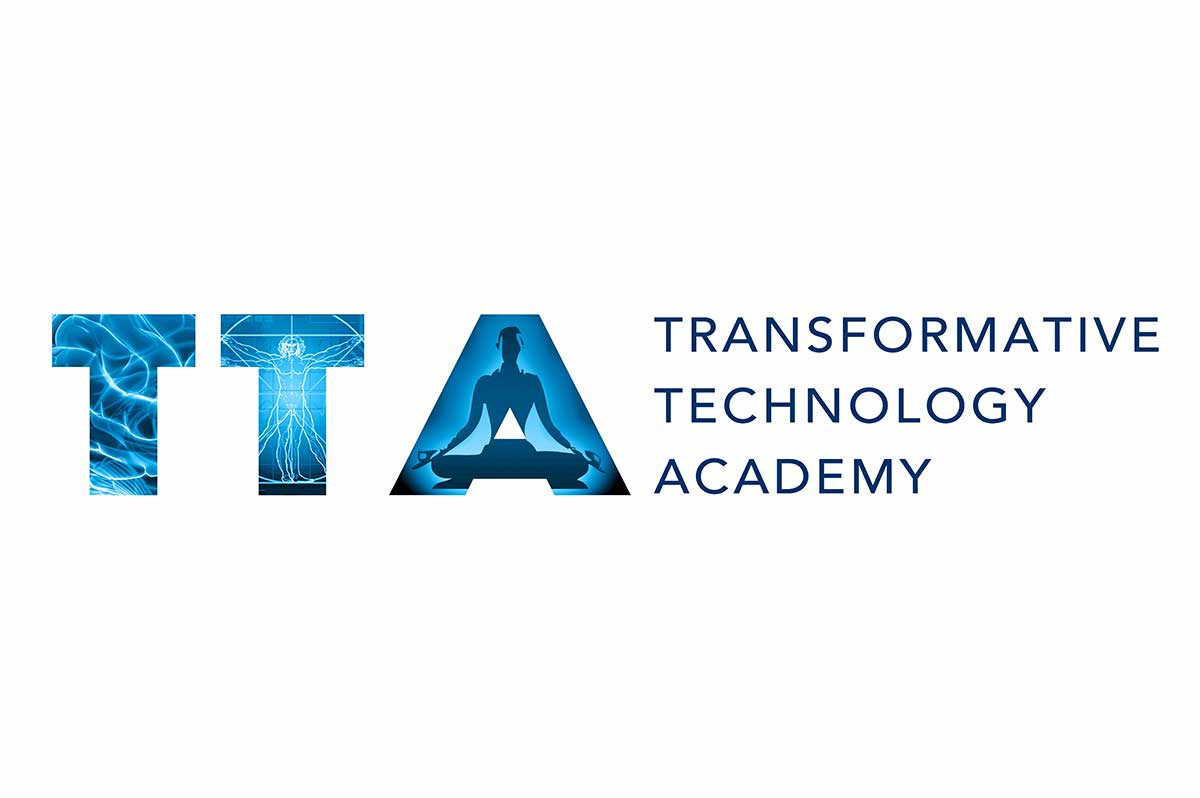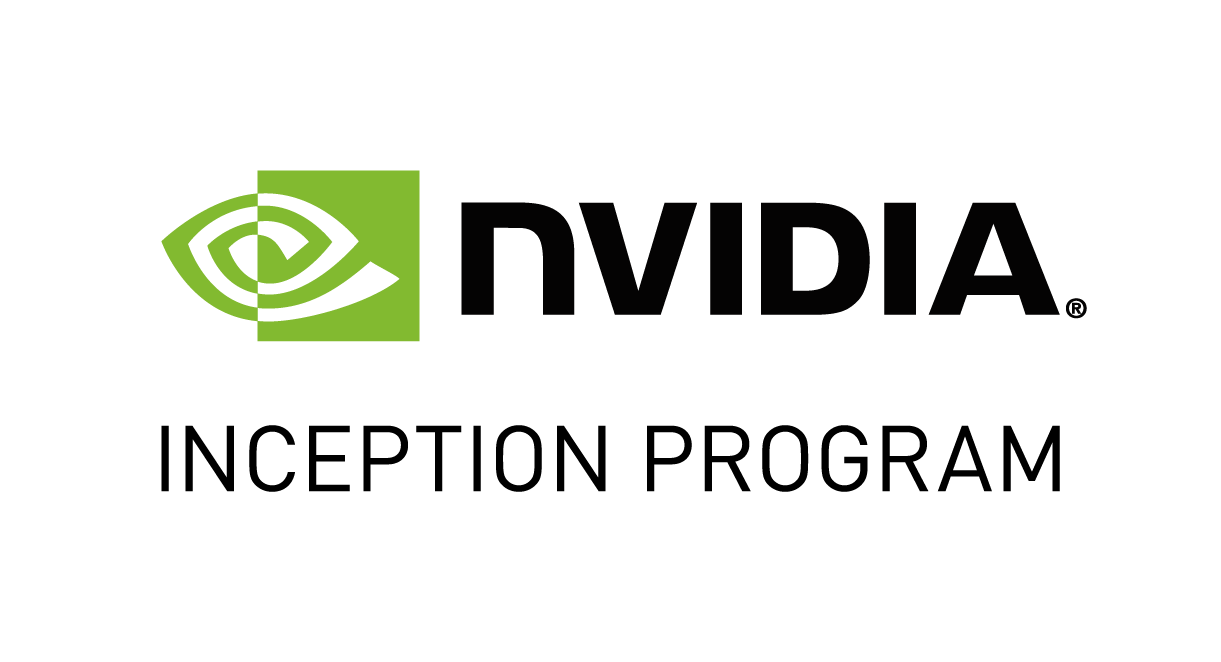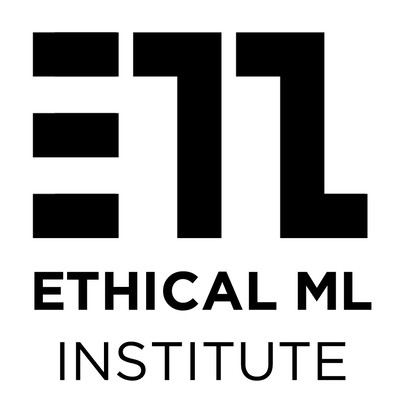The Next Iteration
/Notes from Nell Watson
This evolving project was prototyped as ‘CrowdSourcing Ethical Wisdom’, a ‘Pioniers Project’ previously funded by stitchting SIDN Fonds in late 2015.
This next stage project expands upon the learning gained by our public prototype, with a view to developing practical real-world implementations ready for immediate deployment.
Our target use cases are autonomous systems, smart contracts, and decision support systems.
We have a unique opportunity to seed a new ecosystem within the field of computer and network security, which is likely to spur the creation of an entire new sector within the industry beyond this project itself. This project therefore offers a high-leverage opportunity to substantially improve the security of internet infrastructure globally, presently and into the future.
Both the code driving this project, and the ethical framework itself are open, and we encourage active contributions on both by fostering a community to ensure long-term sustainability at a high capacity of usage.
Translating ethical rules that are already very established into decision-making for AI (for example: the AI reminding you to take pills respects the rule to protect human from dying, but maybe goes counter to privacy).
Many ethical rules have not yet been defined, even in the offline world. This platform can hence even help in improving the overall articulation of ethics and stimulate healthy debate, regardless of their interaction with AI.
Implementation Philosophy
OpenEth does not need to specify every possible ethical permutation.
If we can specify enough relevant edge-cases, we believe that we can apply machine-learning techniques to fill in the ‘gaps’ to create zones in between.
We understand that it may be preferable for certain autonomous systems to have a ‘personality’, or a particular interaction persona for a given end-user.
We, therefore, leave space for a system to have core principles that cannot be broken, and also potential for social conditioning atop based upon situational and end-user preferences (thereby accounting for justness and politeness separately, but within the same service as it evolves).
50% of internet traffic is already made by bots, not humans, and these are rapidly becoming sophisticated economic agents in a third layer of the web. Implementation of basic ethical rulesets needs to begin now in order to be mature enough to be useful in time for the next generation of machine intelligence.
The Challenges and Feasibility of Crowd-Sourcing Ethics
The idea of entrusting a crowd of people of very different philosophies and creeds to come together to specify ethical may at first seem like a quixotic challenge. How can people come to settle on an agreeable version of ethical truth?
Despite the challenges, we believe that this is in fact very feasible. If we take the example of Wikipedia, many were doubtful that it could ever resist vandalism or provide an unbiased and trustworthy perspective when anybody could edit at-will.
Despite this, what was once a fringe project quickly became a trusted source of information for millions of people, even on subjects that are quite controversial. Several studies illustrate that Wikipedia in many ways has equal is not greater accuracy than comparable alternatives assembled by peer-reviewed experts. Moreover, Wikipedia is sufficiently expansive so as to cover emerging or non-mainstream topics and sub-cultures.
This process is mediated by a karma system and strict rules that govern the verification of facts and minimising of bias, along with the ability for practically anyone to amend corrupted or expired information at a moment’s notice.
Taking the structure of Wikipedia (though not its form) as an inspiration, OpenEth can be described as a collaborative knowledge bank for general ethical preferences. This creates heuristics for agents to follow.
These preferences may then have a variety of nuances applied atop to make them best fit particular circumstances, cultural, and personality factors.
Therefore, to use a typographical analogy, there is the letter of the rule itself, but also its size (relative importance), and its color (how to apply the rule applied in a given type of situation), boldness (goal-related factors), slant (situational factors), kerning (social proximity factors), and the typeface (socialisation factors).
